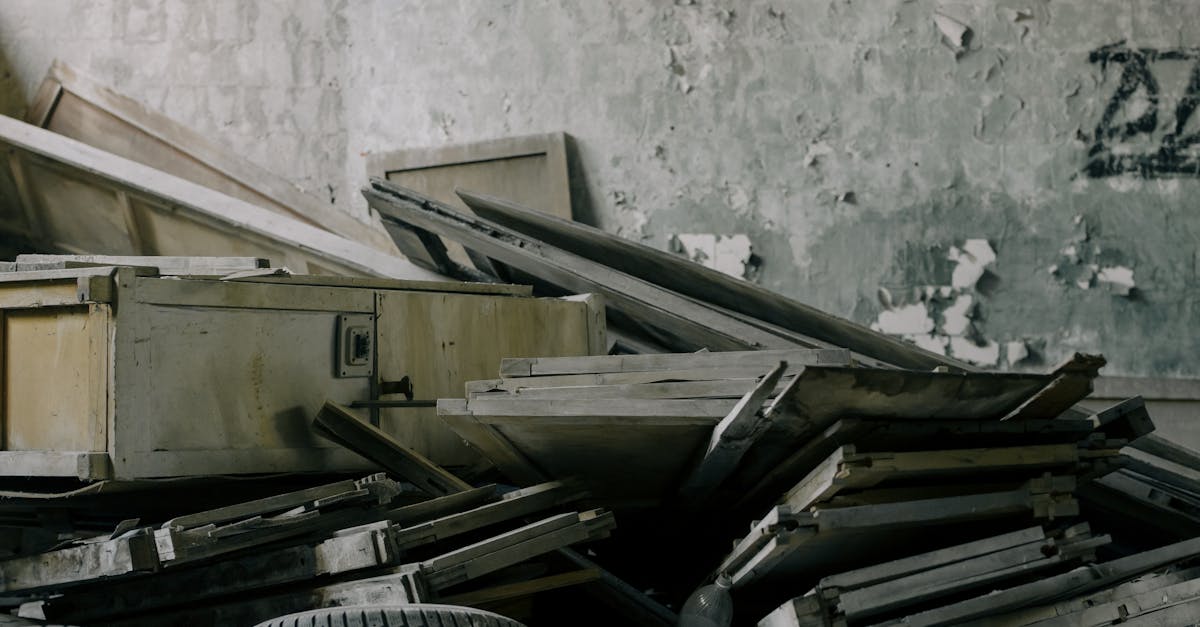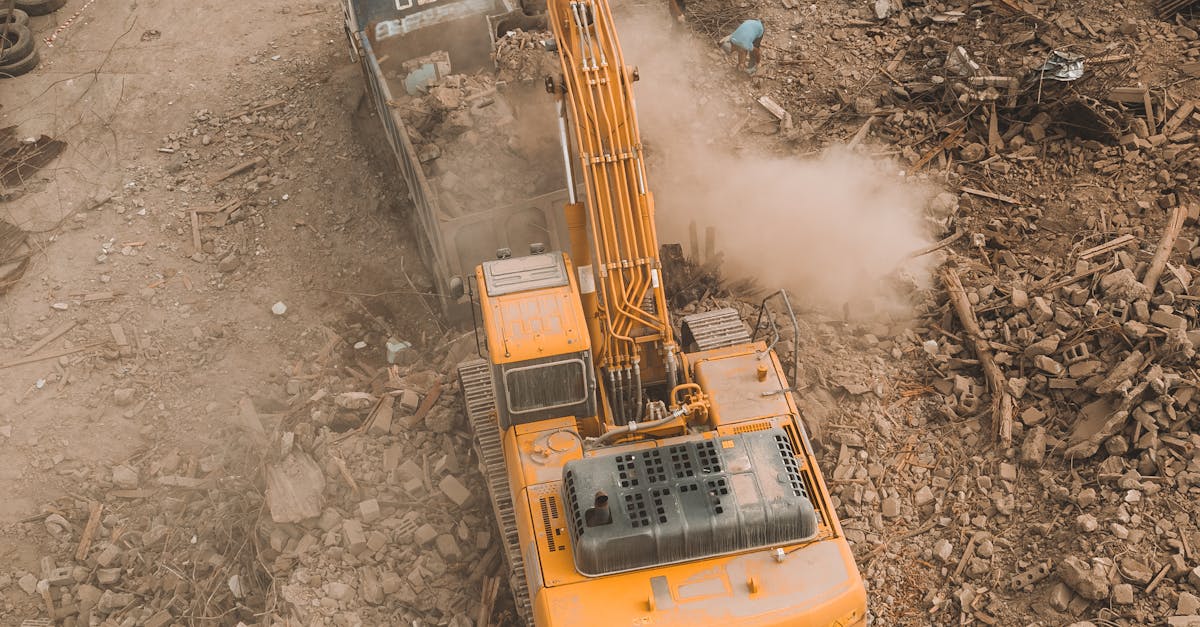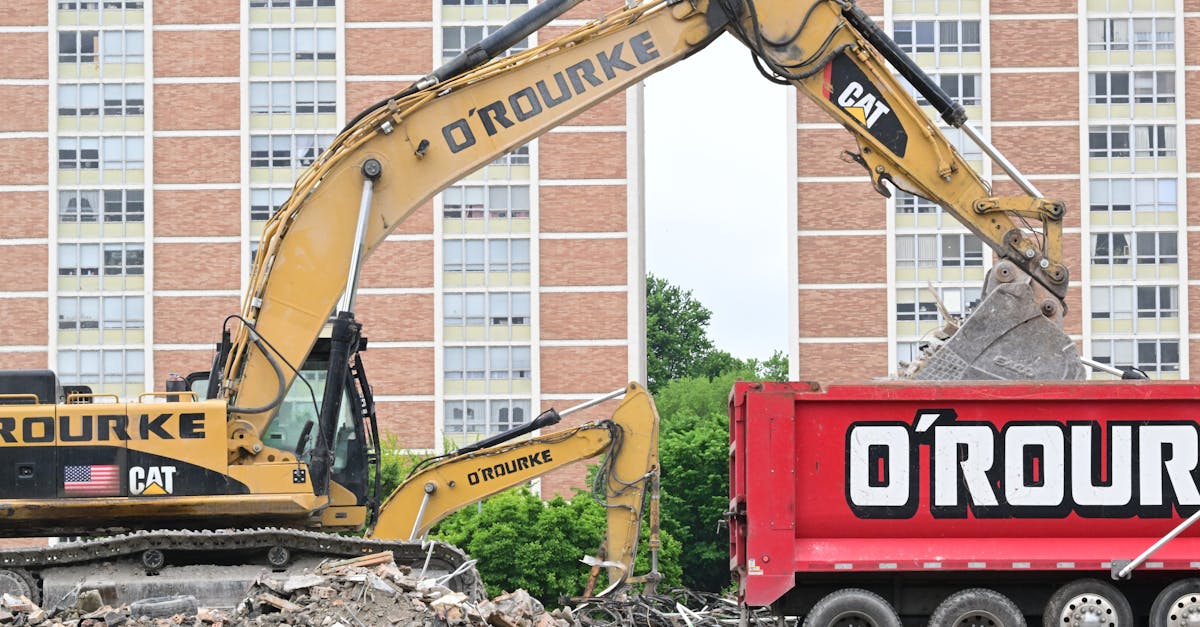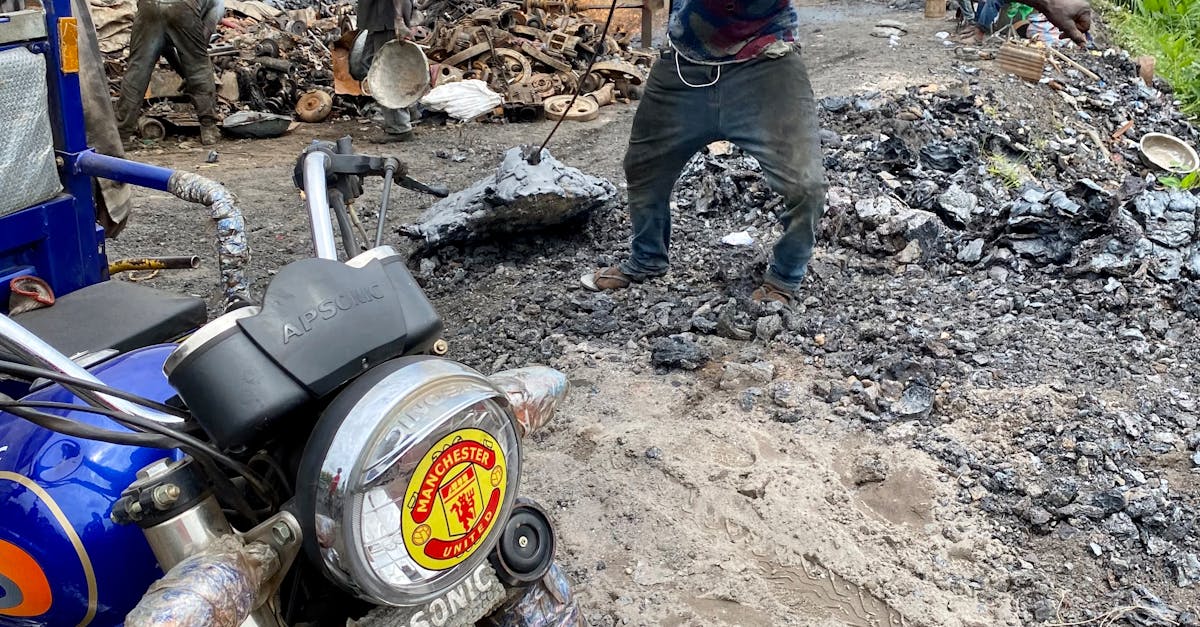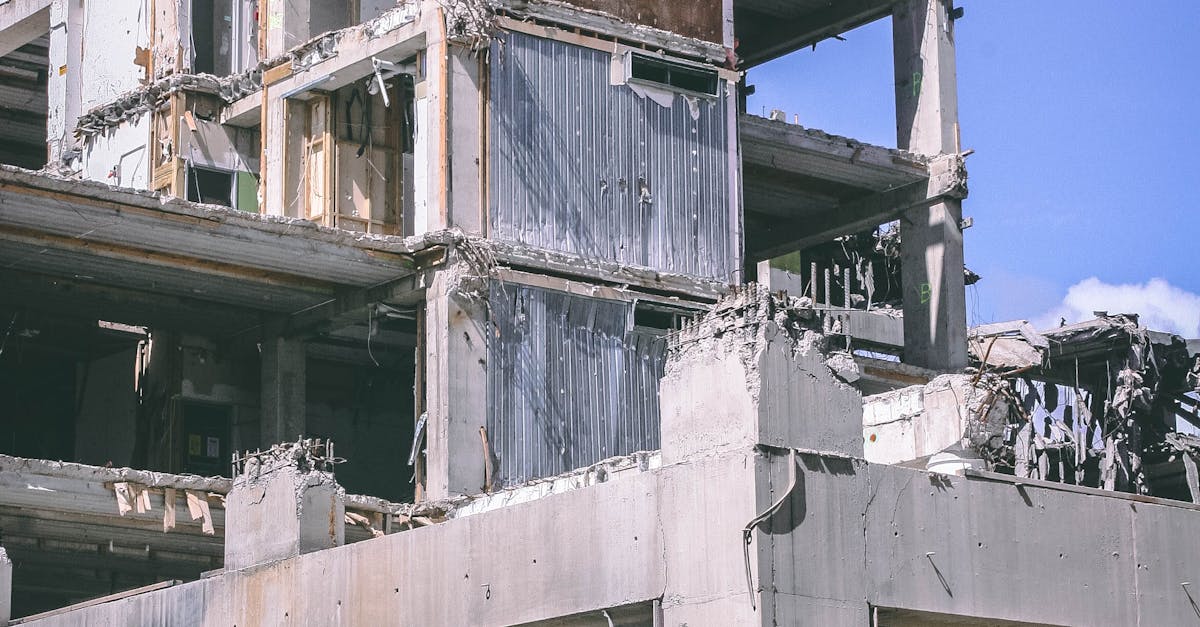
Table Of Contents
Cost Factors Associated with Construction Debris Management
Cost factors associated with construction debris management encompass a wide range of expenses that need to be carefully considered in any construction project. These costs often include initial waste assessment, transportation, disposal fees, and potential recycling expenses. The size and scope of the project significantly influence the amount and type of debris generated, leading to varying removal costs. Contracting professional services for Construction Debris Removal can also add to the overall cost but is often necessary to ensure efficient and compliant waste management practices.
Moreover, regulatory compliance and local ordinances play a crucial role in determining the expenses related to construction debris management. Failure to adhere to waste disposal regulations can result in hefty fines and penalties, increasing the overall cost of the project. Proper planning and budgeting for debris removal are essential to mitigate these expenses and ensure that the construction site remains clean and safe throughout the project duration.
Budgeting and Costsaving Tips
Construction debris removal can account for a significant portion of a construction project's budget. To effectively manage costs associated with this task, it is crucial for project managers to assess the volume and type of debris generated during different phases of construction. By conducting a thorough evaluation early on, it becomes possible to anticipate expenses and allocate resources efficiently. Additionally, establishing clear waste management protocols and implementing recycling practices can help reduce disposal costs and contribute to sustainable construction practices.
Moreover, strategic planning plays a key role in cost-saving efforts related to construction debris removal. One approach is to negotiate favorable terms with waste removal service providers or explore alternative disposal options to find the most cost-effective solution. Implementing waste reduction strategies on-site, such as segregating materials for recycling or reuse, can also lead to lower disposal expenses. By incorporating budgeting considerations into the overall project plan, construction teams can effectively manage costs and ensure efficient handling of construction debris.
Safety Measures for Handling Construction Debris
Safety measures for handling construction debris are crucial to ensure the well-being of workers and prevent accidents on construction sites. Personal protective equipment such as gloves, helmets, and safety boots should be worn at all times when dealing with construction debris. Proper training on lifting techniques and using equipment like wheelbarrows or dollies can help reduce the risk of injuries during Construction Debris Removal.
Furthermore, maintaining a clean and organized work environment can contribute to safety when handling construction debris. Clear pathways and designated areas for storing debris can prevent tripping hazards and potential accidents. It is important to regularly inspect tools and equipment for any signs of wear or damage to mitigate risks during construction debris handling.
Injury Prevention and Compliance
Injury prevention and compliance play a crucial role in ensuring the safety of workers involved in construction debris removal. It is imperative for construction companies to prioritize safety measures to minimize the risk of accidents and injuries on job sites. Employees should be provided with proper training on how to handle construction debris efficiently and safely, adhering to all relevant safety protocols and regulations.
Compliance with occupational safety standards is not just a legal requirement but a moral obligation for construction companies. Implementing strict safety measures such as the use of personal protective equipment (PPE), ensuring proper waste disposal methods, and conducting regular safety inspections can significantly reduce the likelihood of accidents and injuries during construction debris removal. By fostering a culture of safety and compliance within the organization, companies can create a safer working environment for their employees.
Innovative Technologies for Construction Debris Management
Innovative technologies play a crucial role in streamlining and enhancing the process of Construction Debris Removal. One such technology that has gained popularity in recent years is the use of advanced sorting systems. These systems utilize sensors and artificial intelligence to automatically sort different types of debris, making the recycling and disposal process more efficient and sustainable. By categorizing materials such as wood, metal, and concrete, these sorting systems help reduce waste and increase recycling rates.
Another innovative technology that is revolutionizing construction debris management is the development of drones for aerial surveys. Drones equipped with high-resolution cameras can quickly and safely assess construction sites, identifying areas with large amounts of debris that need immediate attention. This technology not only improves the efficiency of debris removal operations but also enhances safety by reducing the need for manual inspection in hazardous environments. By leveraging these modern technologies, construction companies can optimize their debris management processes and contribute to a more environmentally friendly industry.
Tools and Techniques
When it comes to efficiently managing construction debris, utilizing the right tools and techniques is crucial. One common tool for Construction Debris Removal is a roll-off dumpster. These large containers can be conveniently placed on site to collect all types of debris, from wood and metal to concrete and drywall. By having a designated area for waste disposal, the construction site can be kept organized and safe for workers.
Another useful technique for managing construction debris is sorting materials for recycling. By separating items like metal, wood, and concrete, companies can reduce the amount of waste going to landfills and contribute to a more sustainable construction process. Implementing this practice not only helps the environment but can also save money on disposal fees in the long run.
FAQS
What is construction debris?
Construction debris refers to the waste and unwanted materials generated during construction, renovation, or demolition projects. This can include materials such as concrete, wood, drywall, metal, insulation, and more.
How is construction debris managed?
Construction debris management involves collecting, sorting, recycling, and disposing of the waste materials in an environmentally responsible manner. This process helps reduce the impact of construction activities on the environment.
Why is it important to properly handle construction debris?
Proper handling of construction debris is important for several reasons. It helps reduce the amount of waste sent to landfills, promotes recycling and reuse of materials, minimizes environmental pollution, and ensures compliance with regulations and safety standards.
What are the common methods of managing construction debris?
Common methods of managing construction debris include waste segregation, recycling of materials such as concrete and metal, proper disposal of hazardous waste, and using innovative technologies like waste-to-energy systems.
How can construction companies minimize construction debris?
Construction companies can minimize construction debris by implementing waste reduction strategies, such as proper planning, material optimization, reuse of materials, and adopting sustainable construction practices. This not only reduces waste but also lowers project costs and environmental impact.
